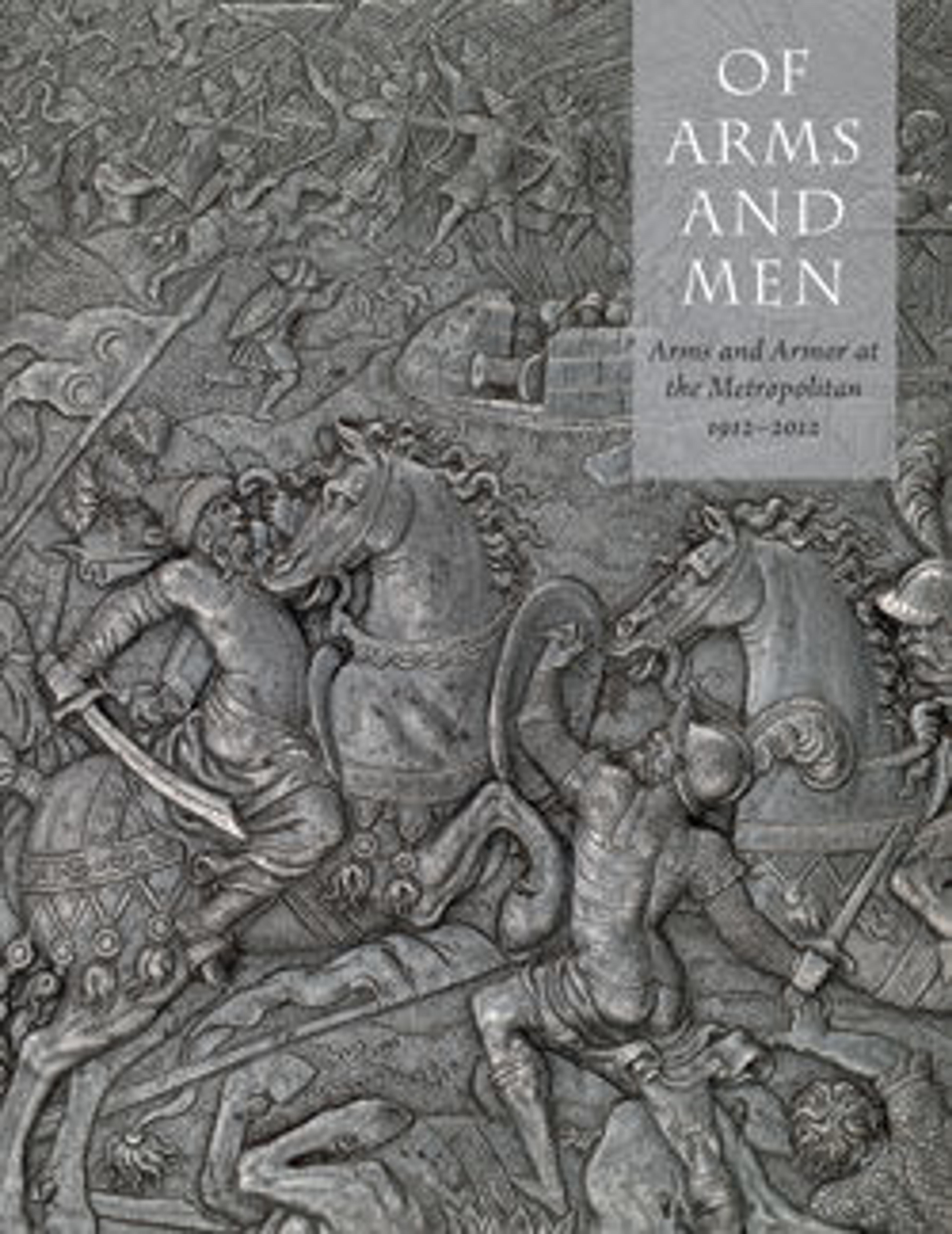Jousting Sallet (Rennhut) Made for Louis II (1506–1526), King of Hungary and Bohemia
The helmet was intended for the Scharfrennen, a joust fought by two mounted contestants armed with sharp lances. The conjoined initials L and M, for Louis II of Hungary (1506–1526) and his wife, Maria of Austria, are featured prominently in the decoration. Discovered in the collection of the former imperial arsenal in Istanbul, the helmet was presumably captured by the Turks when they overran much of eastern Europe between 1526 and 1529. Louis II was killed in the battle of Mohács on August 29, 1526, while defending Hungary against the Turkish invasion.
Artwork Details
- Title: Jousting Sallet (Rennhut) Made for Louis II (1506–1526), King of Hungary and Bohemia
- Armorer: Attributed to Kolman Helmschmid (German, Augsburg 1471–1532)
- Date: ca. 1525
- Geography: Augsburg
- Culture: German, Augsburg
- Medium: Steel, copper alloy, gold
- Dimensions: H. 10 in. (25.4 cm); W. 15 in. (38.1 cm); D. 10 in. (25.4 cm); Wt. 9 lb. (4082 g)
- Classification: Helmets
- Credit Line: Bashford Dean Memorial Collection, Gift of Mr. and Mrs. Alexander McMillan Welch, 1929
- Object Number: 29.153.1
- Curatorial Department: Arms and Armor
More Artwork
Research Resources
The Met provides unparalleled resources for research and welcomes an international community of students and scholars. The Met's Open Access API is where creators and researchers can connect to the The Met collection. Open Access data and public domain images are available for unrestricted commercial and noncommercial use without permission or fee.
To request images under copyright and other restrictions, please use this Image Request form.
Feedback
We continue to research and examine historical and cultural context for objects in The Met collection. If you have comments or questions about this object record, please contact us using the form below. The Museum looks forward to receiving your comments.
